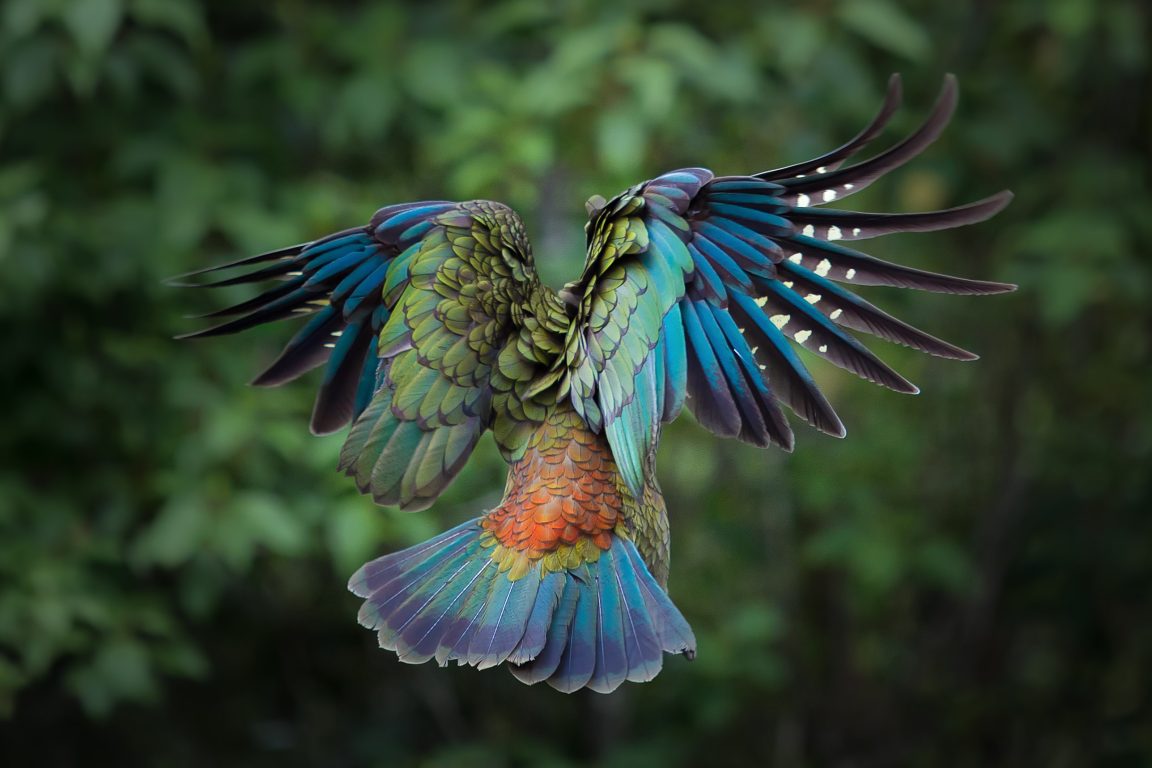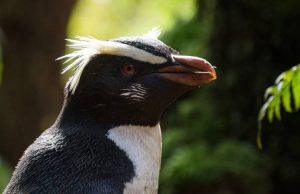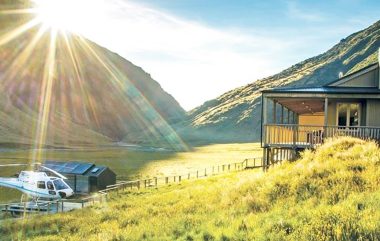
3 Day Ball Pass Crossing, Mount Cook Range
A challenging and spectacular 3 day adventure in the Aoraki Mount Cook National Park...
Read more
When early Polynesian navigators arrived in New Zealand around 900 years ago, they encountered a land dominated by birds. The islands’ 80 million years of isolation fostered the evolution of nearly 200 bird species, many of which are flightless due to the historical absence of mammalian predators. This unique evolutionary path led to the emergence of some remarkable avian species.
Giants of the Avian World
New Zealand was once home to the towering moa — flightless, ostrich-like birds that reached up to three metres tall and weighed as much as 75 kilograms. These gentle giants, once widespread, were hunted to extinction by early Māori. Their only known predator was the fearsome Haast’s eagle, the largest eagle to have ever lived. With a wingspan of up to three metres and massive talons, this apex predator could take down a moa with ease.
Flightless and Fascinating
New Zealand is renowned for its extraordinary number of flightless birds. The most iconic is the nocturnal kiwi, a shy, long-beaked bird with nostrils at the tip of its bill — a unique trait that helps it sniff out insects and grubs underground. Despite being the national symbol, kiwi are rarely seen in the wild due to their elusive nature and declining populations.
Other notable flightless species include the weka, a curious and bold bird often mistaken for a kiwi, and the takahē, once thought extinct until rediscovered in 1948. Larger and more colourful than the pukeko, the takahē is now part of a carefully managed conservation program.
Winged Icons and Songbirds
Not all of New Zealand’s birds are grounded. The kākā and kākāpō are native parrots with very different lifestyles — the kākā being playful and vocal, while the kākāpō is nocturnal, ground-dwelling, and critically endangered. The tūī, with its iridescent plumage and distinctive white throat tufts, is famous for its complex, melodic calls that echo through native forests.
Another standout is the bellbird (korimako), a nectar-feeding songbird whose clear, bell-like song was once said to be among the most beautiful natural sounds in the country.
Birds of Prey
The most commonly seen raptor in New Zealand is the kārearea, or New Zealand falcon. Unlike the larger Australasian harrier (known locally as the kahu), which often feeds on carrion, the kārearea is a swift and aggressive hunter, capable of taking prey mid-flight.
Coastal and Marine Birds
New Zealand’s diverse coastline supports an equally impressive array of seabirds. The Australasian gannet, with its dramatic plunge-dives, and the variable oystercatcher, with its striking black-and-white plumage and long orange bill, are just a few coastal highlights.
New Zealand is also a haven for penguins including the tiny little blue penguin and the rare yellow-eyed penguin (hoiho), one of the world’s most endangered penguin species. These birds nest in secluded bush or coastal areas and can occasionally be spotted waddling ashore at dusk.
New Zealand Birding Itinerary
To experience these avian wonders firsthand, consider exploring New Zealand’s diverse habitats through guided tours or self-driving adventures. Whether you’re trekking through native forests, cruising along the coastline, or visiting conservation sanctuaries, the country’s unique birdlife offers an unforgettable experience for nature enthusiasts. If you want to add birding to an itinerary, just ask your Absolute travel designer to assist.


A challenging and spectacular 3 day adventure in the Aoraki Mount Cook National Park...
Read more
Minaret Station Your experience of this alpine station begins on your 20-minute helicopt...
Read more
LONGITUDE 131˚ With views direct to Uluru and across the deser...
Read more